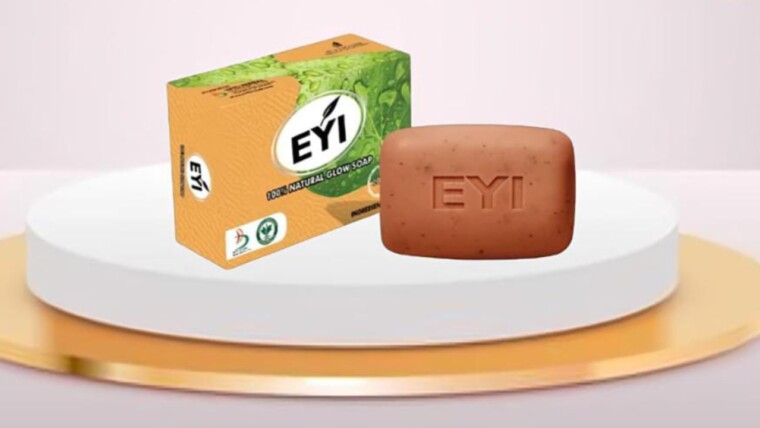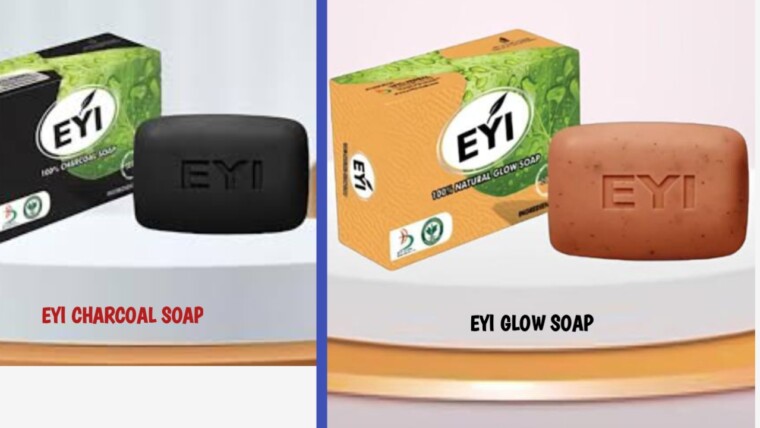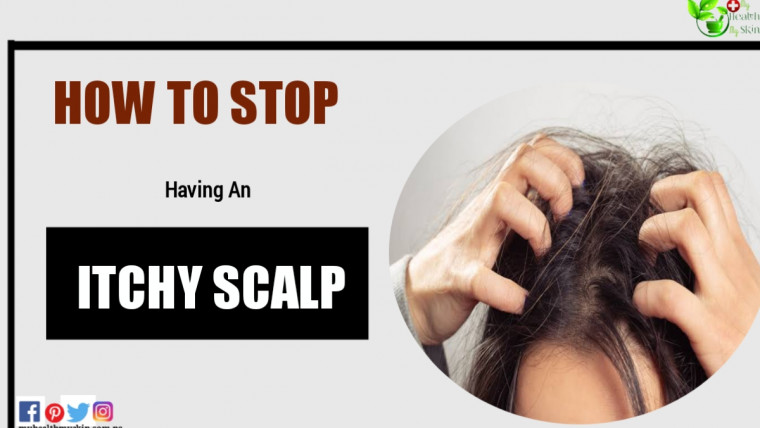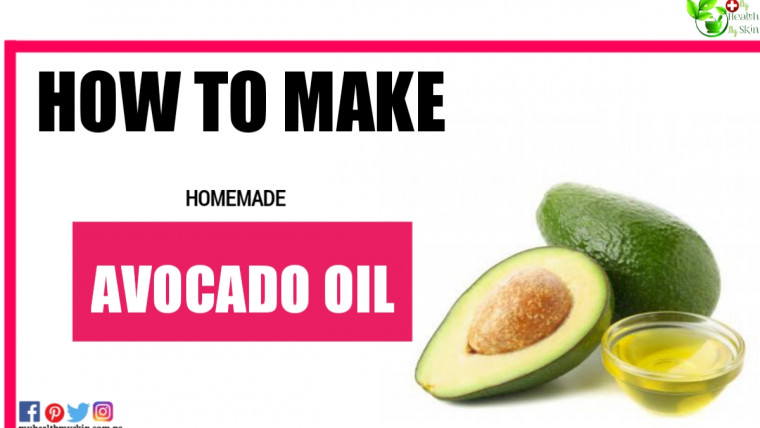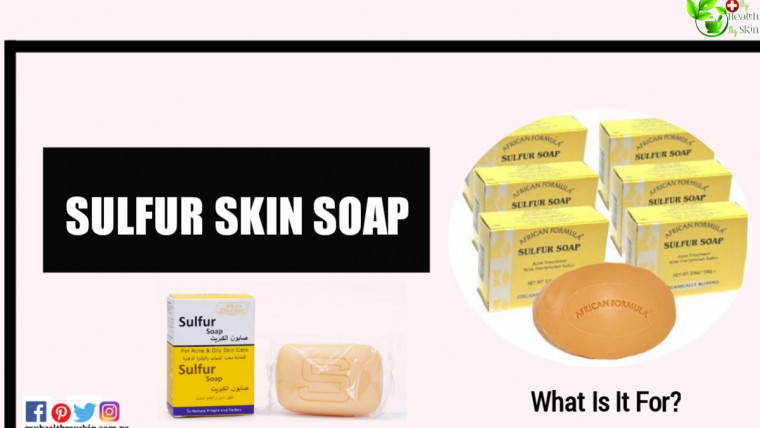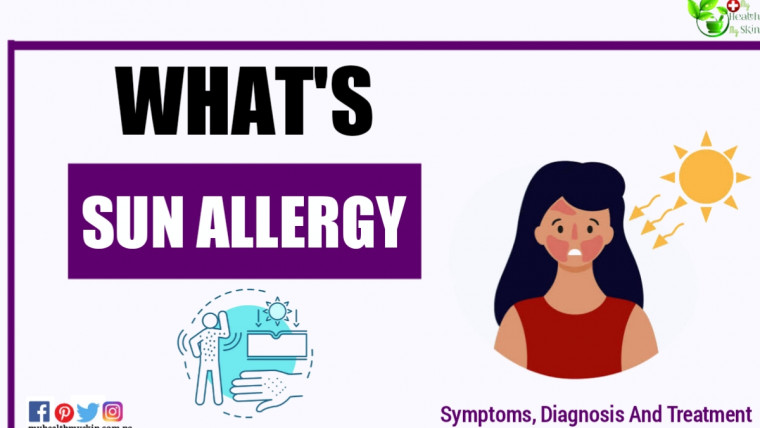Calluses are raised, hard lumps on the outer layer of the skin that arise from repeated pressure at the same point. Thus, the skin becomes thick, rigid and rough.
They are generally harmless and painless. In fact, callus is the body’s way of protecting the skin from friction.
When you notice constant friction on the skin, the body starts to produce an excess of keratin, a very abundant protein in the skin, making the skin hardened and reducing the risk of cracks and infections.
This happens when a person does weight training without wearing gloves, carries a lot of weight or plays string instruments, for example.
Calluses can appear on any part of the body, but are most common on the feet, hands, fingers, and heels. They don’t cause symptoms, unlike corns which are deeper and more painful corns.
And even though they don’t cause any direct harm, it’s important to know how to take care of them to keep your skin healthy and beautiful. Here are some tips on how to treat corns.
[lwptoc]
How To Treat Corns
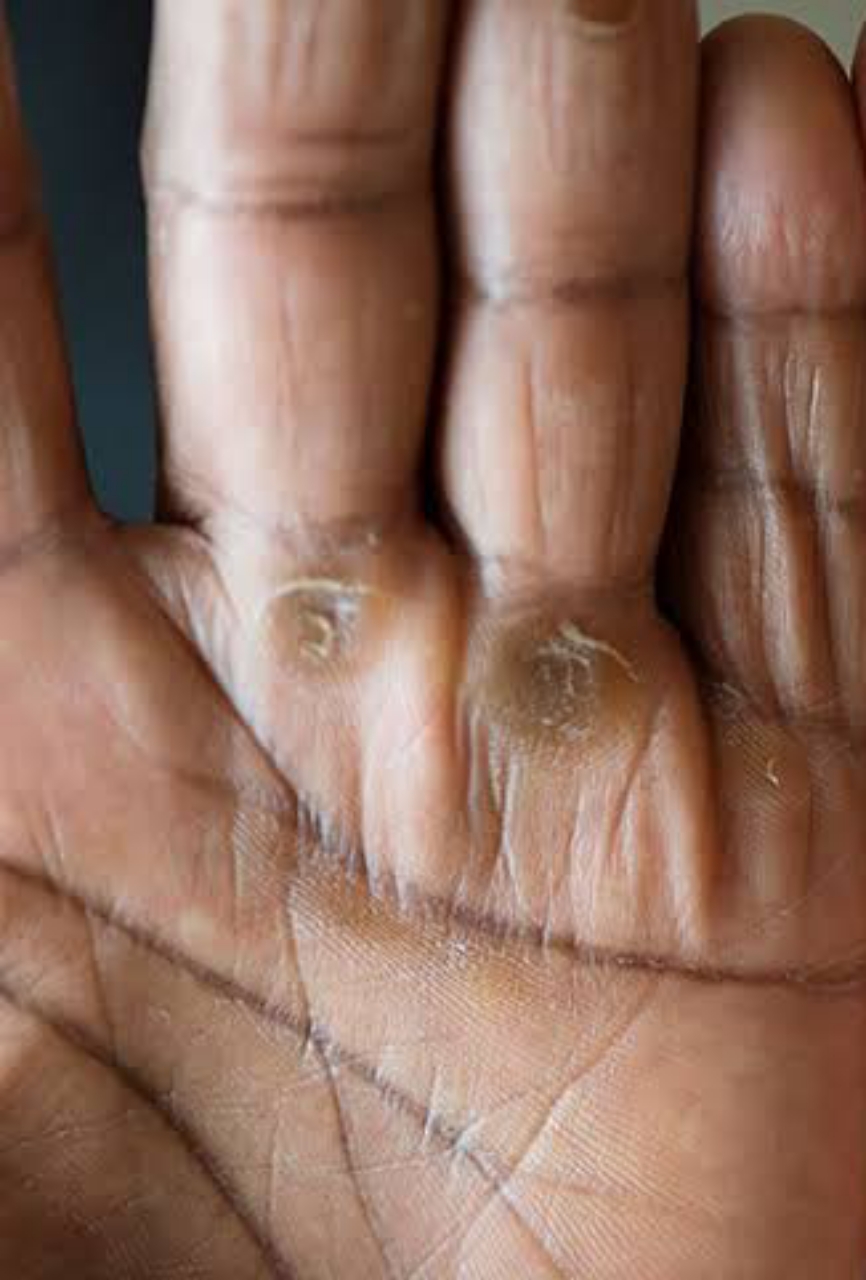
Calluses are clumps of dead cells that accumulate on the skin. This means that you can use techniques to remove dead skin and thus get rid of them.
Use A Pumice Stone
The pumice stone, the same stone used to prevent cracking of the feet , helps to exfoliate the skin, removing the extra layer of skin where the calluses are located. But be careful not to exfoliate too much and cause lesions that can facilitate the entry of bacteria and other germs.
Also, if you have diabetes it is not recommended to use pumice stone without the advice of a doctor because of the risk of bruising your skin and getting an infection.
Trim Excess Skin
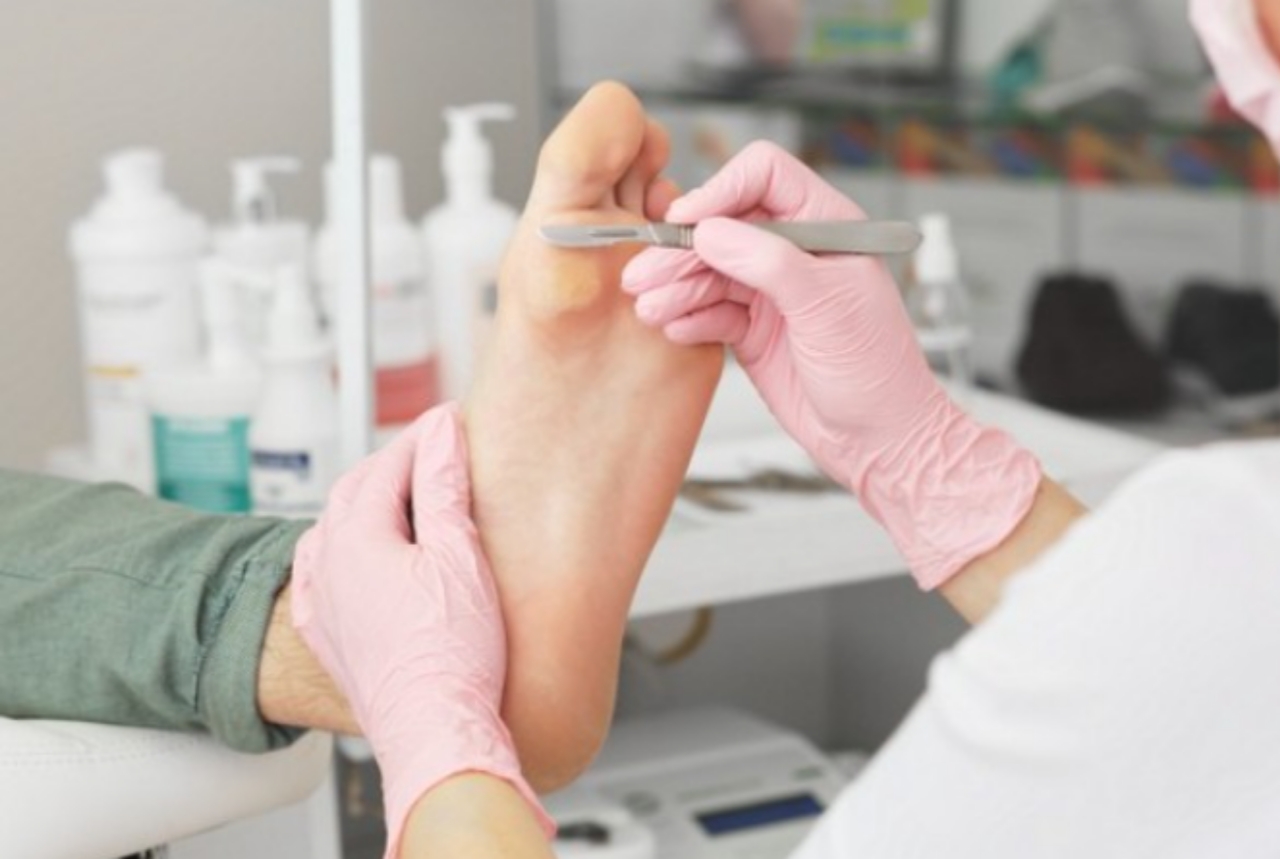
Removing excess skin with a razor can help remove the callus more quickly. However, you must be very careful not to injure the area. Therefore, it is best to look for a doctor so that he can trim excess skin with the aid of a scalpel.
Soak the Calluses In Warm Water
Soaking your feet or hands in warm water helps soften the thick skin of the callus, making it easier to remove. The ideal is to leave the skin in warm water for 15 to 20 minutes. If possible, combine this step with the use of pumice for a smoother, more effective exfoliation.
Moisturize the Skin
In addition to exfoliation, moisturizing your skin with a good moisturizing cream is great for keeping your skin soft and well-nourished. It also helps to reduce the roughness of the corns.
In fact, creams that contain ingredients like petroleum jelly are great to use before bed, keeping your skin hydrated overnight.
Protect the Callus
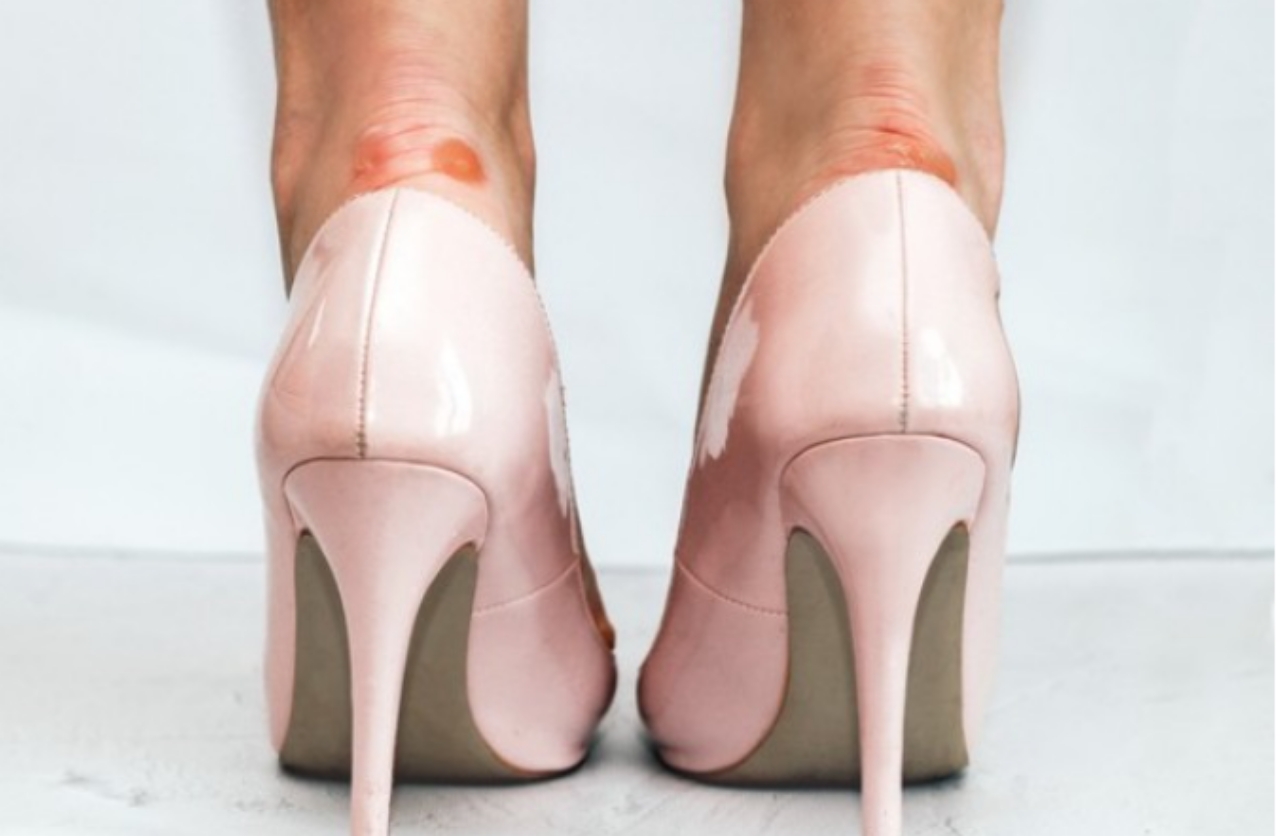
Use band-aids or silicone adhesives to protect the callus region from further friction. In this way, the protection prevents skin irritations and speeds up recovery.
These patches are primarily useful for treating calluses on your feet caused by wearing shoes.
Apply Exfoliating Creams
There are also exfoliating creams that help remove dead skin cells. Generally, they contain ingredients like salicylic acid , urea and ammonium lactate in their composition.
Salicylic acid can also be found in gel form. It is very useful for removing calluses as it helps to soften excess keratin in the skin, which can later be removed more easily with sandpaper or pumice.
Use Home Remedies
Although there is no scientific proof, some people report that the following dips can soften tough skin and help treat corns:
- 1 part apple cider vinegar (250 mL) to 4 parts warm water (1 L);
- 5 tablespoons of castor oil in enough warm water to cover the calluses;
- 2 tablespoons of Epsom salt in a bowl of warm water;
- 2 or 3 drops of tea tree oil in a bowl filled with warm water;
- 2 tablespoons lemon juice and 1 teaspoon baking soda in a bowl of warm water.
In all cases, the callus should be immersed in the solution for approximately 15 minutes.
More Tips

Calluses usually improve little by little, with or without treatment. But if the problem is constant or causes you pain and sensitivity, it’s worth seeing a dermatologist, especially if you have circulation problems or diabetes.
Most of the time, taking care of your skin and following the following tips to prevent new calluses can help:
- Wear shoes that don’t squeeze or hurt your feet;
- Avoid wearing tight socks;
- Wear gloves for activities that can cause calluses, such as riding a bike or weight training;
- Avoid walking barefoot for a long time;
- Keep your toenails short to prevent your toes from curling to fit your shoes, causing calluses;
- Treat foot deformities such as “claw toe”, “hammer toe”, bunion, which cause compression and friction, causing calluses.
Of course, if you continue to expose yourself to the activity that caused you to get cold, the problem is likely to continue.
Thus, the ideal would be to avoid repetitive movements that facilitate the formation of calluses.
If that’s not possible, keeping your skin hydrated and protected whenever possible helps to reduce calluses and their complications. To see more post on Beauty and Skin Care click here.
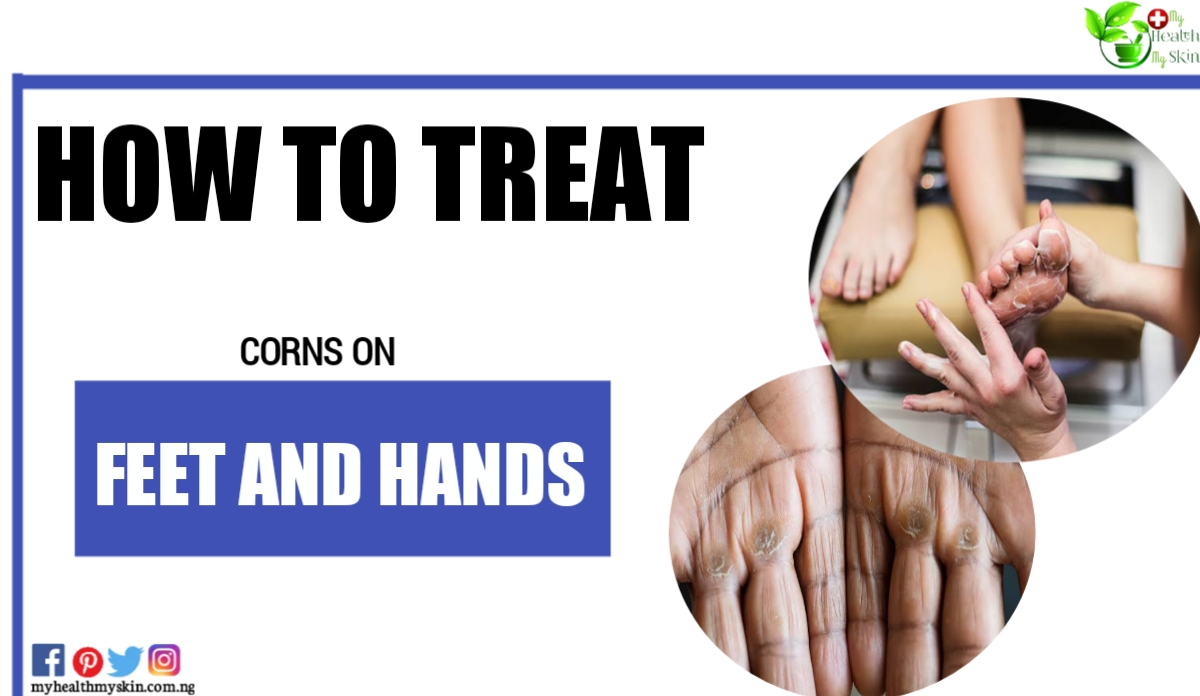
Do you often have corns? What do you do to remove them? Comment below!

